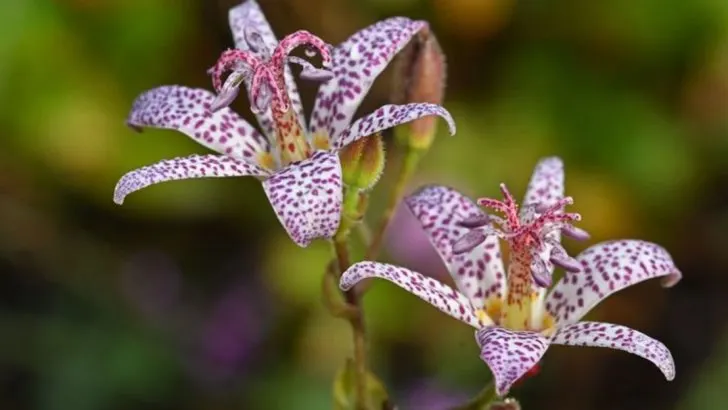Not all shade has to come from trees. If you’re working with a small garden, patio, or rental space, planting a full-sized tree may be out of the question. But that doesn’t mean you have to sacrifice the cool, calming effect of shade in your outdoor area.
There are plenty of clever, shade-providing plants that offer relief from the sun—without ever needing to dig a giant hole or wait years for a canopy to form. From towering grasses and broad-leafed tropicals to vining climbers that drape over pergolas and trellises, these plants create natural shade while also adding layers of texture, movement, and color.
Hosta

Known for their stunning foliage, hostas offer a diverse palette of greens, blues, and golds, perfect for shady spots. These hardy perennials thrive under the canopy of taller plants or buildings, adding texture and interest to any garden. Easy to grow, they require minimal care once established. Hostas are particularly prized for their ability to fill in gaps, creating a lush, leafy carpet. While they rarely flower, their leaves alone make a striking statement. In gardens, hostas often serve as a versatile backdrop, enhancing the colors of neighboring blooms.
Ferns

Ferns, with their feathery fronds, bring a touch of woodland magic to any shaded area. Their ancient lineage adds a timeless quality to gardens, complementing both modern and traditional landscapes. Ferns thrive in moist, well-drained soil, making them ideal for damp corners of the garden. They require little maintenance, allowing gardeners to enjoy their beauty without much effort. Available in numerous varieties, ferns can range from the petite maidenhair to the robust royal fern, each adding its unique flair to the garden undergrowth.
Impatiens

Impatiens are the champions of shaded flower beds, known for their ability to bloom profusely even in low light. Their bright flowers come in a rainbow of colors, injecting life and vibrancy where sunlight is scarce. These annuals are perfect for gardeners seeking a pop of color without the hassle of constant maintenance. Impatiens prefer rich, well-drained soil and regular watering to thrive. When planted en masse, they create a stunning, colorful display that can brighten the darkest corners of any garden.
Astilbe
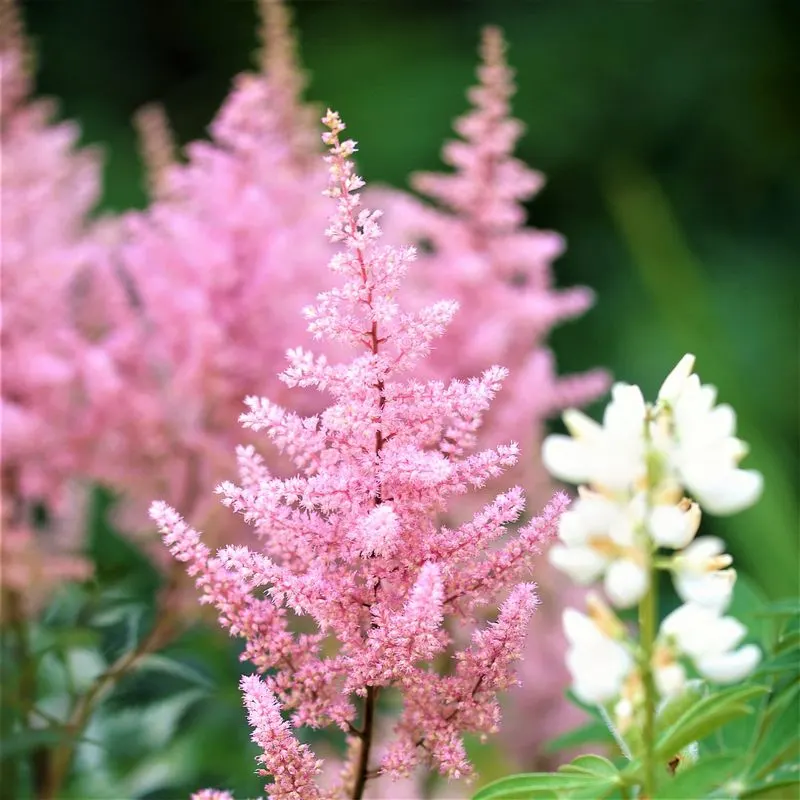
Astilbes are celebrated for their plume-like flowers that rise above fern-like foliage, offering texture and color. These perennials are a gardener’s dream for adding vertical interest in shady spots. Astilbes prefer moist, rich soil and are relatively low-maintenance, requiring only occasional division to control their spread. Their blooms attract pollinators, enhancing biodiversity in the garden. Beyond their beauty, astilbes are highly adaptable, making them suitable companions to other shade-loving plants like hostas and ferns.
Heuchera (Coral Bells)
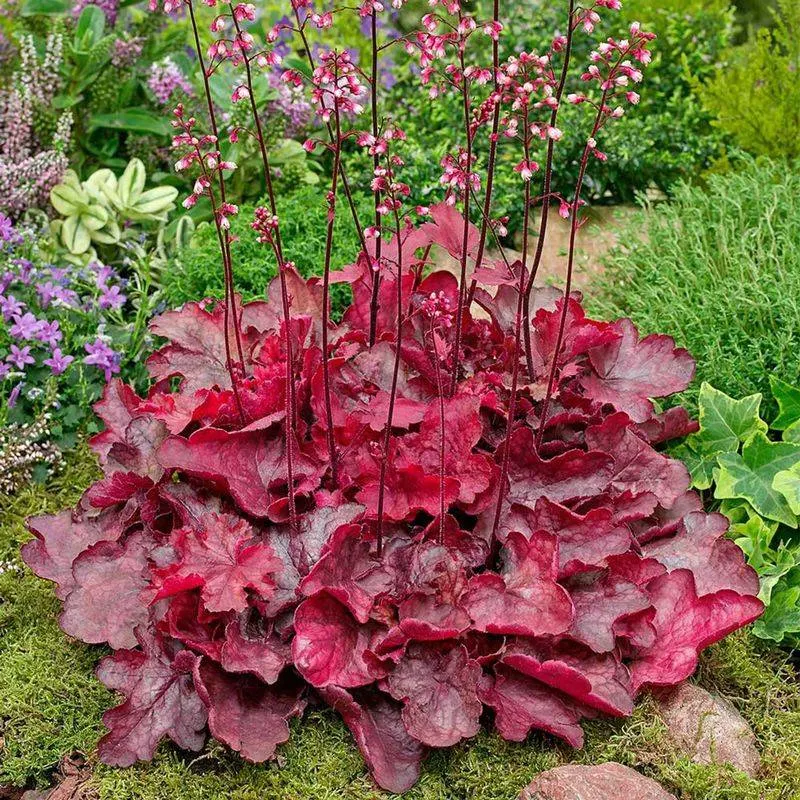
Heuchera, commonly known as coral bells, stands out with its vibrant foliage that provides year-round color to shaded gardens. These perennials are perfect for adding variety, with leaves in shades from deep purples to bright limes. Heuchera thrives in well-drained soil and partial to full shade, making them ideal for borders or containers. While their delicate flowers attract hummingbirds, it’s primarily the foliage that steals the show. Their adaptability and striking appearance make them a favorite among shade plant enthusiasts.
Bleeding Heart
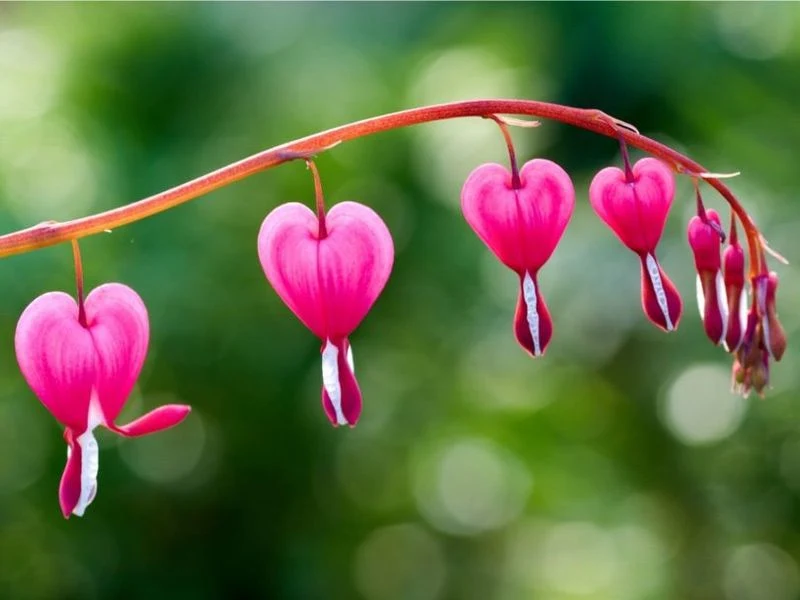
Bleeding hearts bring a touch of romance with their heart-shaped flowers that dangle elegantly from arching stems. This perennial thrives in shaded areas, offering a soft, ethereal beauty to woodland gardens. Preferring rich, well-drained soil, bleeding hearts are relatively easy to care for. While the flowers capture attention, the plant’s fern-like foliage adds texture to the garden. As the blooms fade, the foliage remains, ensuring continued visual interest. These plants are a testament to nature’s artistry, captivating gardeners with their graceful charm.
Brunnera
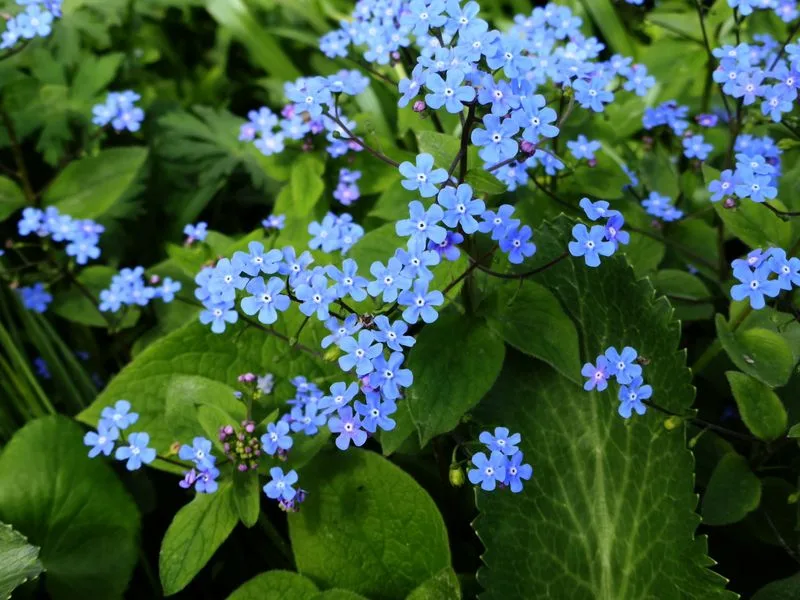
Brunnera, also known as Siberian bugloss, enchants with its heart-shaped leaves and tiny, forget-me-not-like blue flowers. It’s a shade garden staple, thriving in moist, rich soil. Brunnera’s foliage often features silver markings that catch the eye, providing a striking contrast against darker greens. This plant is perfect for edging paths or filling in shaded borders, where it can create a lush, textured groundcover. While the flowers are a spring delight, the foliage remains attractive throughout the growing season.
Lungwort

Lungwort is a charming addition to the shade garden, known for its speckled foliage and clusters of blue or pink flowers. This perennial prefers cool, moist conditions, making it ideal for shaded, damp spots. Lungwort’s leaves often have a silvery sheen, adding a touch of brightness to dark areas. As a low-maintenance plant, it requires minimal care once established. The flowers bloom in early spring, offering one of the first splashes of color after winter. Lungwort’s unique appearance and easygoing nature make it a garden favorite.
Toad Lily

Toad lilies are the hidden gems of the shade garden, known for their exotic, orchid-like flowers that bloom in late summer to fall. These perennials thrive in shaded, moist areas, adding a touch of the unexpected with their unique blooms. Toad lilies prefer well-drained soil and offer a long-lasting display of intricate flowers when many other plants have finished. Their unusual appearance makes them a conversation starter, inviting admiration from garden visitors. Toad lilies are perfect for adding a dash of exotic charm to any shaded corner.
Japanese Painted Fern

The Japanese painted fern offers a touch of elegance with its striking fronds in shades of silver, purple, and green. These ferns thrive in the cool, dappled light of shaded areas, adding a splash of color and texture. Hardy and low-maintenance, they prefer moist, well-drained soil and can enhance both formal and informal garden settings. The unique coloration of their foliage makes them a standout choice for adding visual interest. Japanese painted ferns are an excellent choice for underplanting or as a focal point in shade gardens.
Foamflower
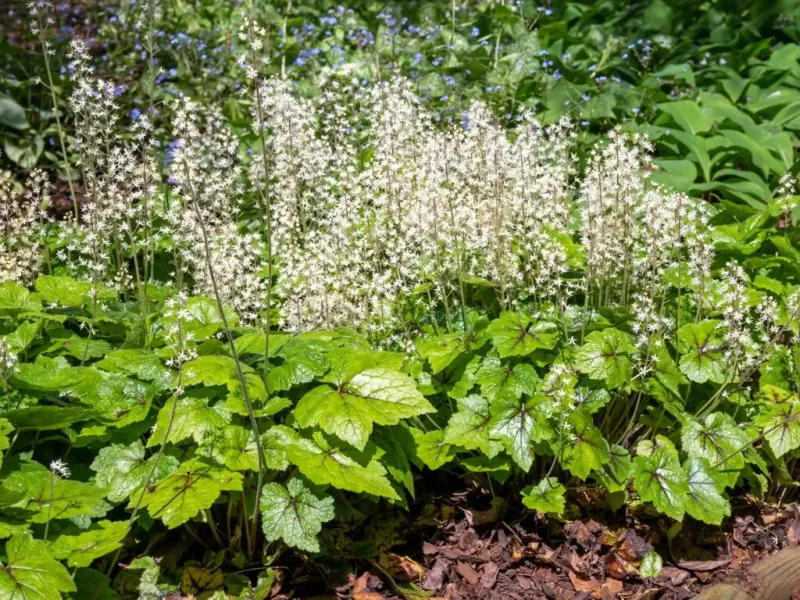
Foamflower adds charm to shaded gardens with its delicate white blooms that rise above attractive, lobed leaves. This perennial thrives in moist, organic-rich soils, making it perfect for woodland settings. Foamflower is known for its low-maintenance nature, requiring minimal attention once established. In addition to their charming flowers, the foliage often takes on a reddish hue in the fall, providing year-round interest. Foamflower’s ability to spread gently makes it an ideal choice for groundcover, creating a carpet of greenery and blooms.
Lamium
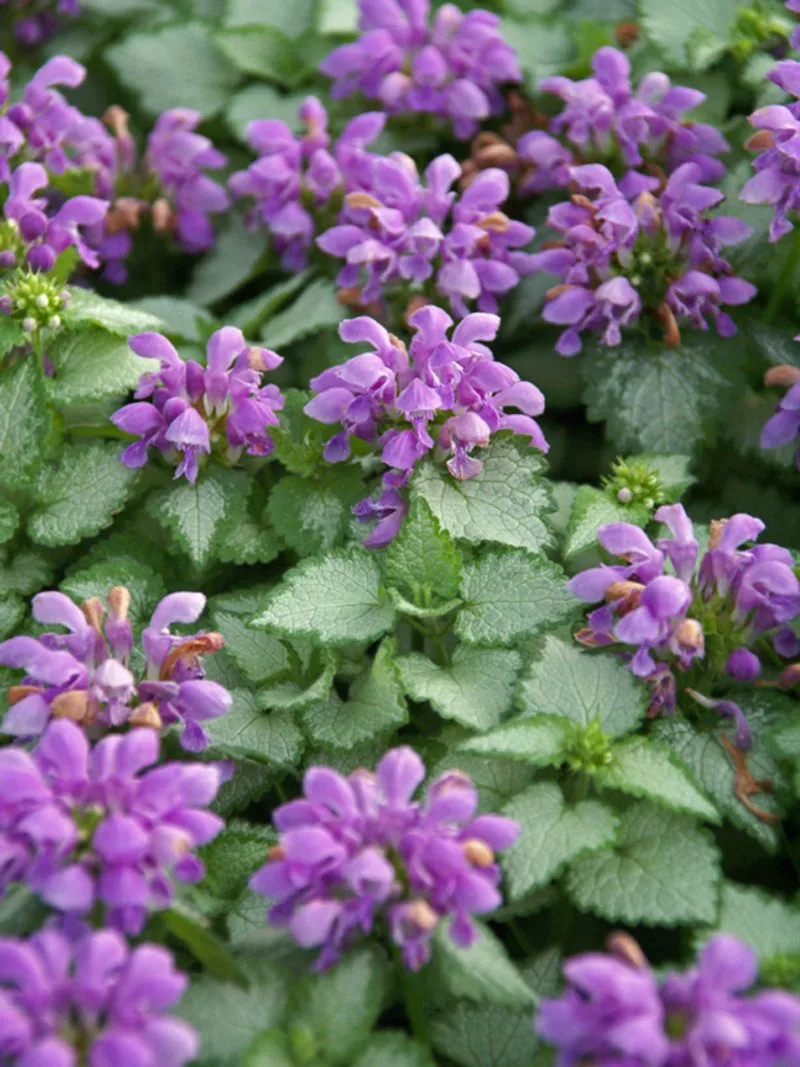
Lamium, or dead nettle, is a versatile groundcover known for its silver-mottled leaves and clusters of pink, purple, or white flowers. This plant thrives in shaded areas, offering a splash of color and texture. Lamium is highly adaptable, growing well in various soil types as long as they’re well-drained. This perennial is easy to care for, requiring little maintenance while providing significant visual impact. Its ability to spread quickly makes it perfect for filling in gaps and adding interest to shaded garden beds.
Solomon’s Seal
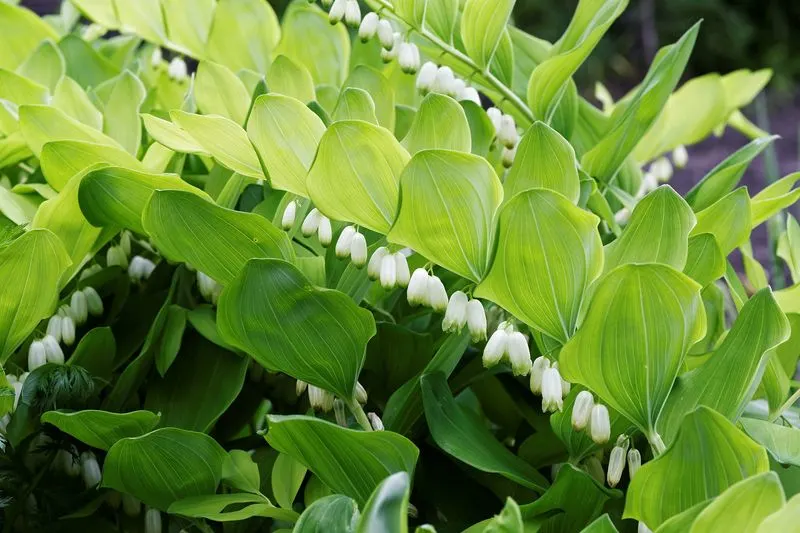
Solomon’s seal adds elegance to shaded gardens with its graceful arching stems and dangling white flowers. This perennial thrives in cool, moist environments, making it ideal for woodland gardens. Solomon’s seal is relatively low-maintenance, requiring little more than occasional division to keep it in check. Its architectural form adds vertical interest and pairs beautifully with ferns and hostas. The foliage turns a golden yellow in the fall, providing seasonal color. Solomon’s seal’s understated beauty makes it a beloved choice for shade gardeners.
Foxglove
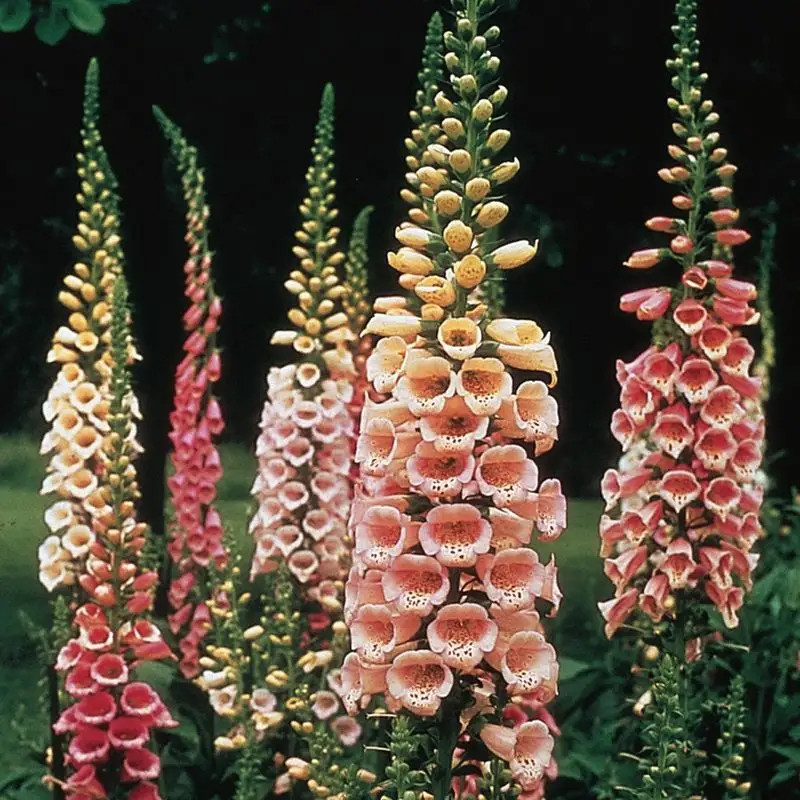
Foxgloves are dramatic additions to shaded gardens, known for their tall spires of tubular flowers. These biennials thrive in well-drained, rich soil and partial shade. Foxgloves attract pollinators, contributing to a vibrant garden ecosystem. Their flowers, which bloom in shades of pink, purple, and white, add vertical interest and a sense of whimsy. While foxgloves may require some care to ensure they reseed or return, the visual impact they provide is well worth the effort. Their striking presence transforms any shaded corner into a garden highlight.
Hellebore
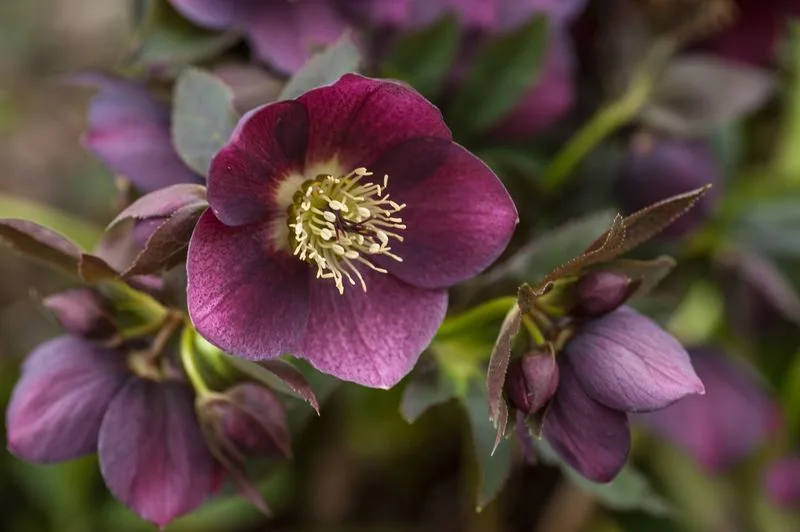
Hellebores, often called winter roses, bloom in late winter to early spring, offering a splash of color when little else does. These perennials thrive in shady spots with rich, well-drained soil. Their nodding flowers, available in a range of pastel shades, bring subtle beauty to the garden. Hellebores are resilient and require minimal maintenance, making them ideal for busy gardeners. Beyond their blooms, the evergreen foliage provides year-round interest. Hellebores are perfect for adding early-season charm to shaded garden beds.
Pulmonaria

Pulmonaria, or lungwort, captivates with its speckled foliage and clusters of pink and blue flowers. This early bloomer thrives in shaded areas with cool, moist soil. Pulmonaria’s leaves often feature white or silver spots, adding a touch of brightness to dark corners. As a low-maintenance plant, it requires little attention once established, making it a favorite among gardeners. The flowers attract pollinators, providing an early nectar source. Pulmonaria’s unique aesthetic and ease of care make it a valuable addition to any shade garden.
Tiarella
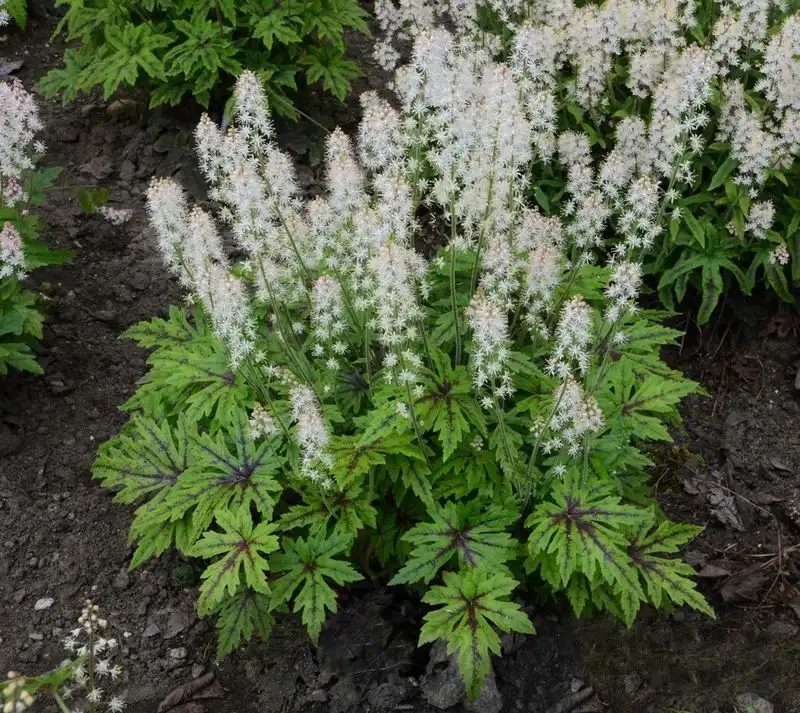
Tiarella, also known as foamflower, enchants with its frothy blooms and distinctive foliage. This perennial thrives in cool, shaded areas with rich, moist soil. Tiarella offers a low-maintenance option for gardeners, requiring minimal care while providing maximum impact. The flowers rise above the foliage, creating a frothy, cloud-like appearance. In the fall, the leaves often turn a warm red, adding seasonal interest. Tiarella is perfect for woodland gardens, where its gentle form can create a sense of tranquility and charm.
Alchemilla Mollis (Lady’s Mantle)

Lady’s mantle is cherished for its scalloped leaves and clusters of yellow-green flowers. This perennial thrives in shaded areas with well-drained, rich soil. Lady’s mantle is easy to grow, requiring little more than occasional trimming to keep it tidy. The leaves catch dew, adding a touch of morning magic to the garden. Its understated flowers complement other blooms, making it a versatile choice for borders or groundcover. Lady’s mantle’s soft texture and subtle beauty make it a timeless addition to any shaded garden.
Ajuga (Bugleweed)

Ajuga, or bugleweed, is a dynamic groundcover known for its rapid growth and vibrant purple flowers. This perennial thrives in shaded areas with well-drained soil. Ajuga’s foliage ranges from deep green to purple, adding rich color and texture. Its ability to spread quickly makes it ideal for covering large areas, suppressing weeds effectively. Ajuga requires minimal care, thriving with just occasional trimming. The flowers attract pollinators, enhancing garden biodiversity. Ajuga’s robust nature and striking appearance make it a favorite for shaded landscapes.
Trillium
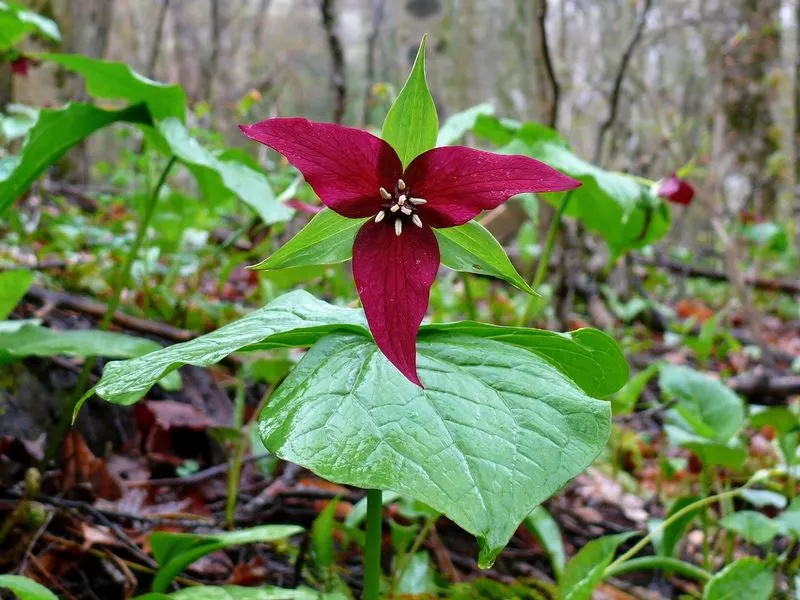
Trilliums are iconic woodland plants known for their three-petaled flowers, which bloom in shades of white, pink, and red. These perennials thrive in cool, shaded areas with rich, organic soil. Trilliums require little maintenance, preferring to be left undisturbed once planted. Their unique form and early spring blooms bring a touch of natural elegance to the garden. Trilliums are perfect for creating a woodland atmosphere, where their understated beauty can shine. These plants add a sense of authenticity and tranquility to shaded garden spaces.
Ligularia
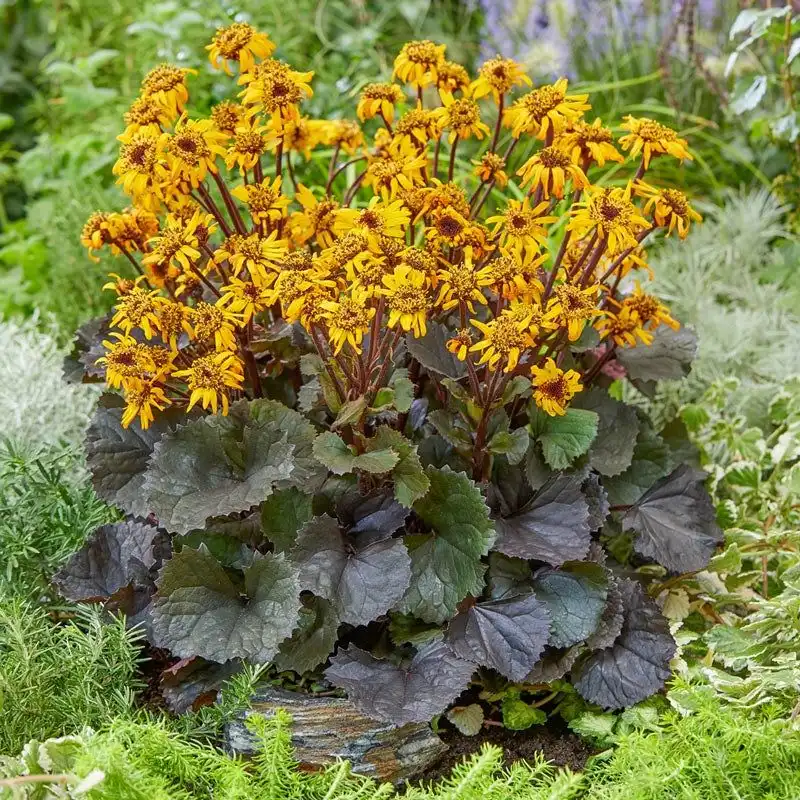
Ligularia is a bold choice for shaded gardens, known for its large, dramatic leaves and bright yellow flowers. This perennial thrives in moist, shaded areas, making it perfect for damp garden corners. Ligularia’s impressive foliage provides a lush backdrop for its vibrant blooms. The plant attracts pollinators and adds vertical interest, creating a dynamic display. Despite its striking appearance, ligularia requires minimal care once established. Its combination of bold foliage and bright flowers makes it a standout addition to any shaded garden.
Yarrow Wonderland
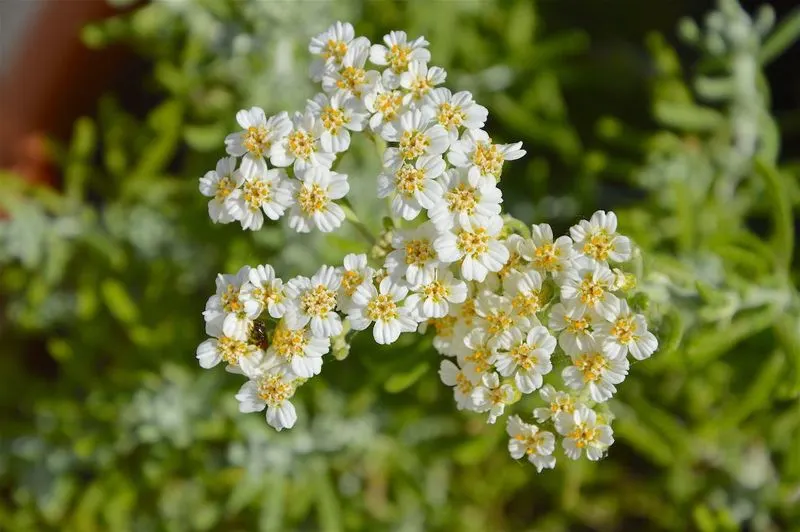
Imagine stepping into a garden where colors dance and play, even in the shade. Yarrow Wonderland offers just that, with its vivid blossoms that defy the shadow’s embrace. This hardy perennial thrives in unexpected conditions, its clusters of tiny, cheerful flowers creating a mosaic of pink, yellow, and white. Yarrow’s feathery foliage adds to the visual delight, evoking a sense of enchantment.
Beyond its beauty, yarrow attracts beneficial insects, making it a friend to other plants. Just a touch of care ensures it remains a perennial performer, rewarding you with a splash of color where light is scarce.
Baobab Bonsai
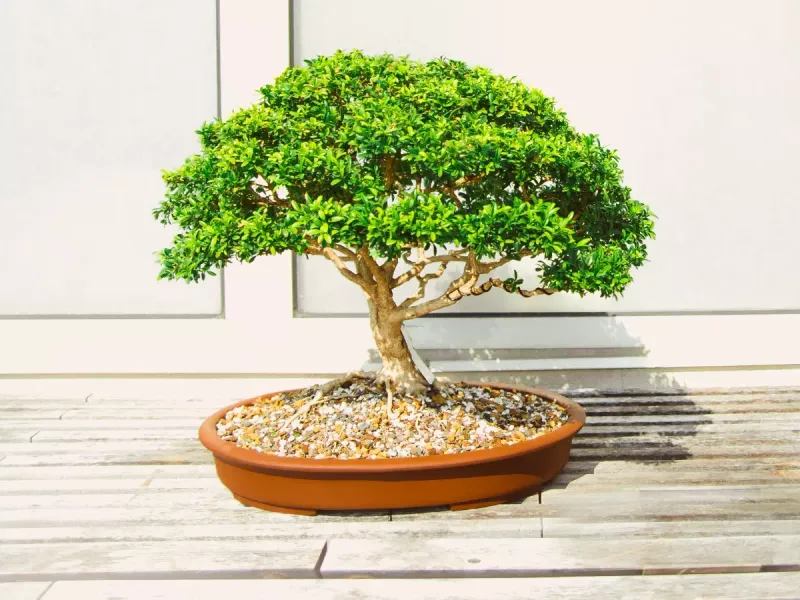
Meet the Baobab Bonsai, a whimsical twist on the traditional bonsai practice. Known for its massive, ancient relatives in Africa, this miniaturized version brings a touch of the exotic to shaded gardens. Its stout trunk and delicate branches create a striking silhouette, offering a conversation piece that’s both quirky and refined.
Despite its unusual appearance, the Baobab Bonsai is surprisingly adaptable, thriving in low-light conditions with minimal fuss. An ideal choice for those seeking something extraordinary, it requires little more than infrequent watering and a spirit of adventure to keep it flourishing.

